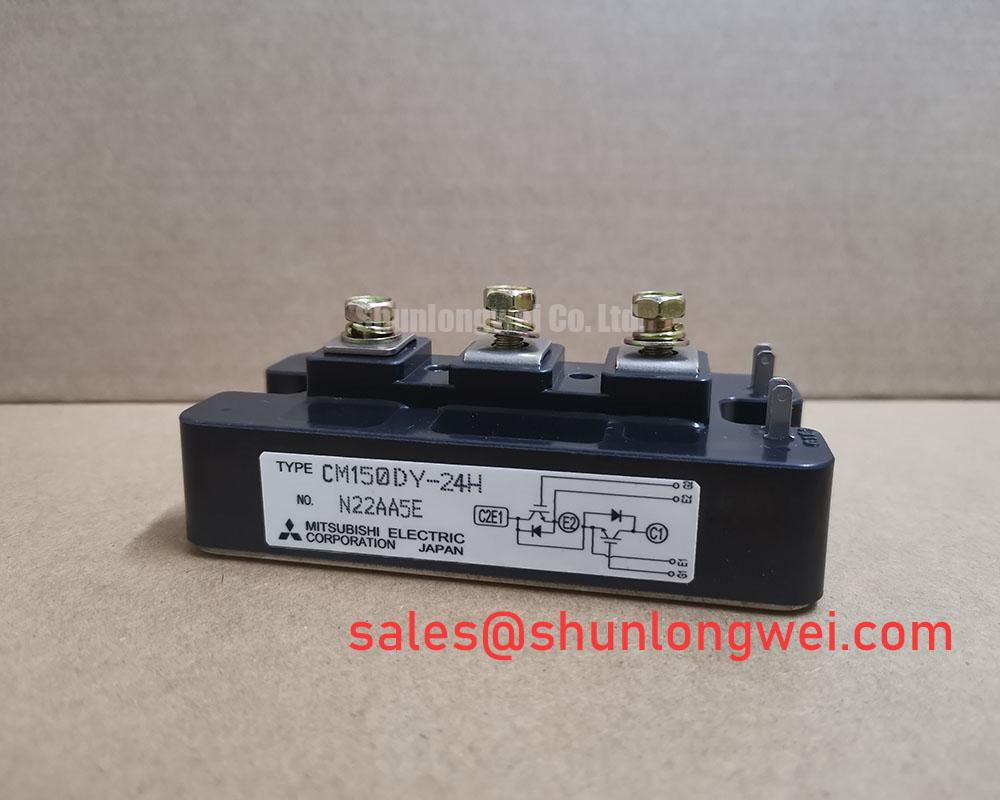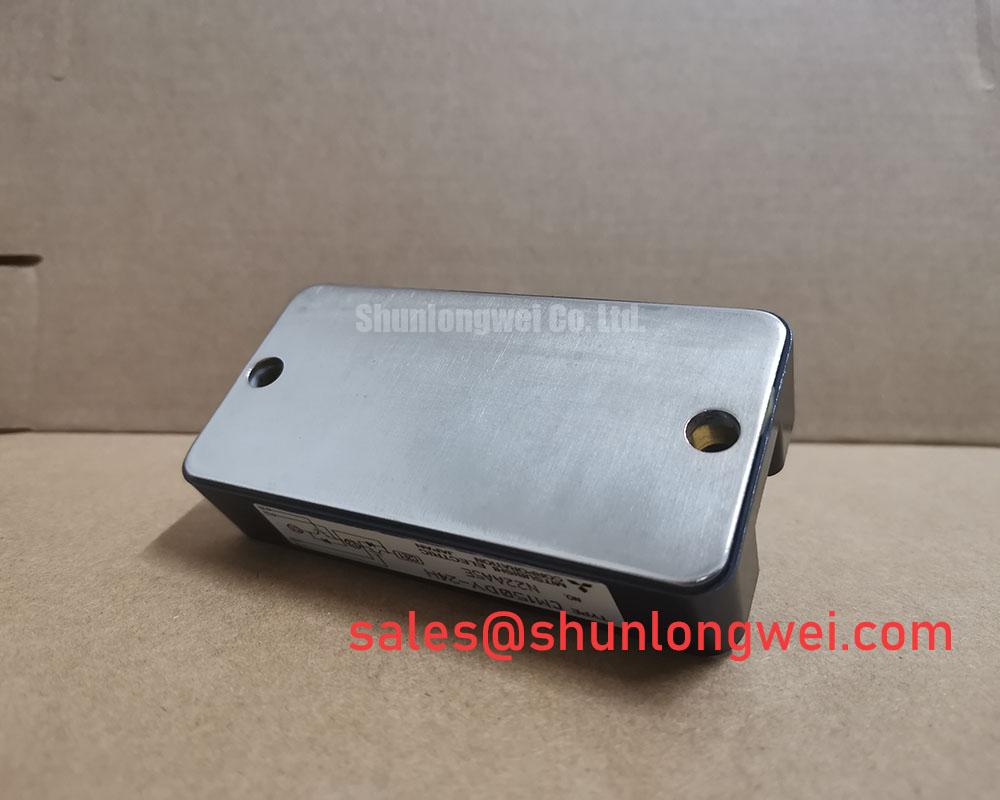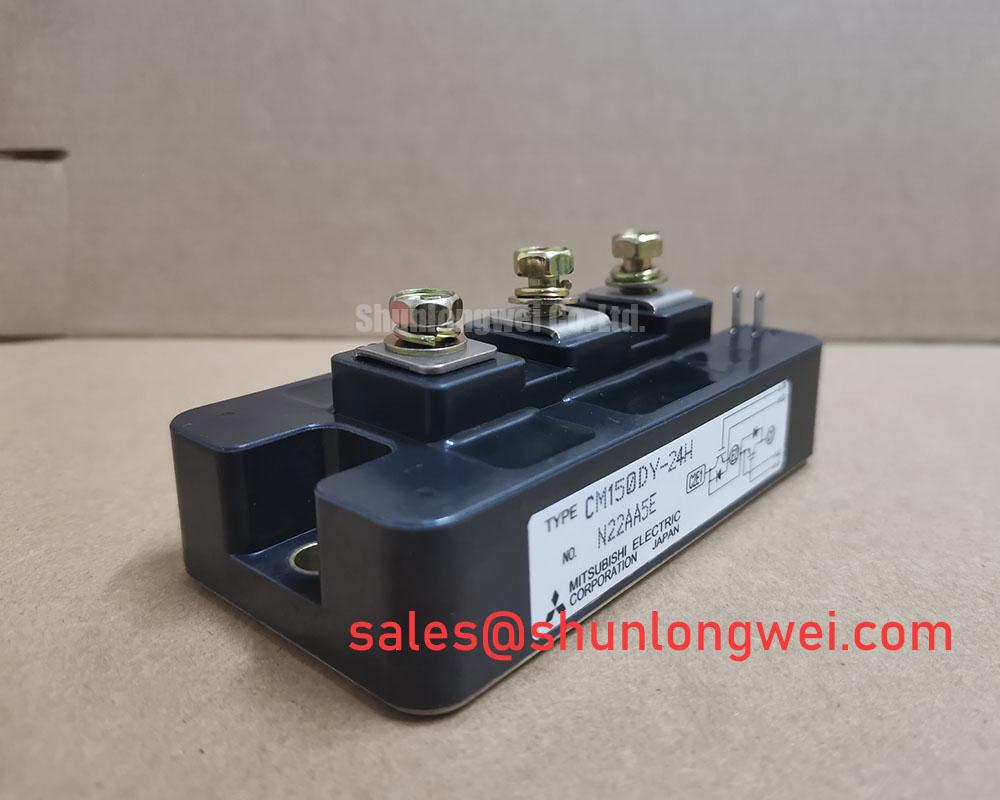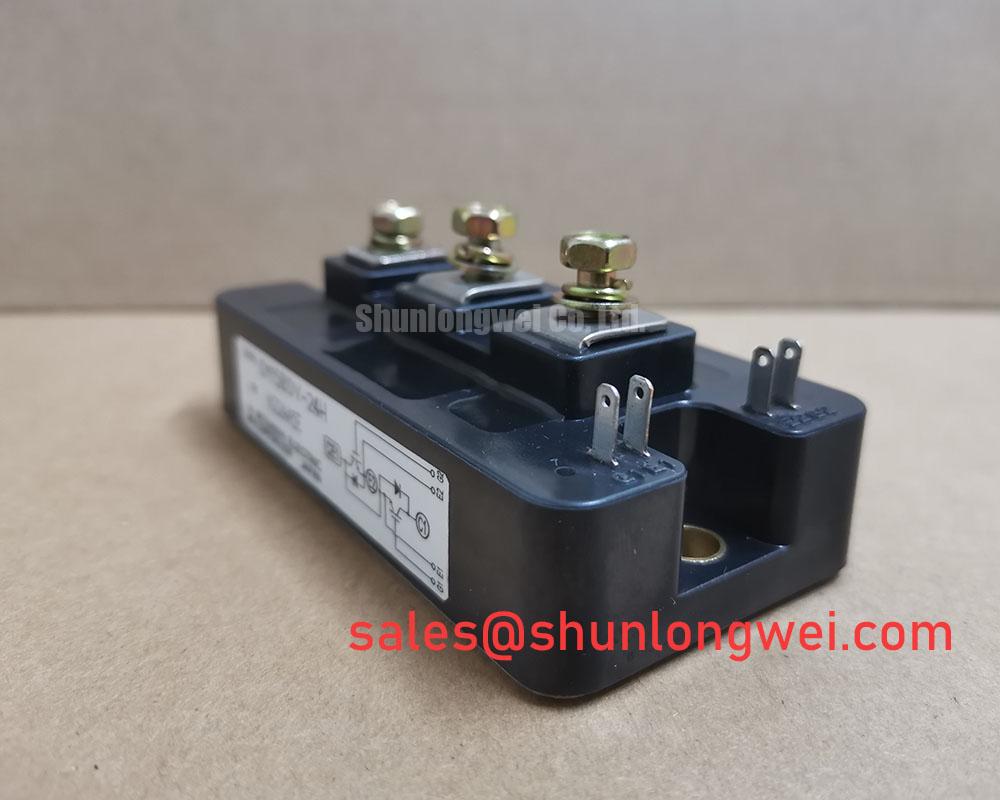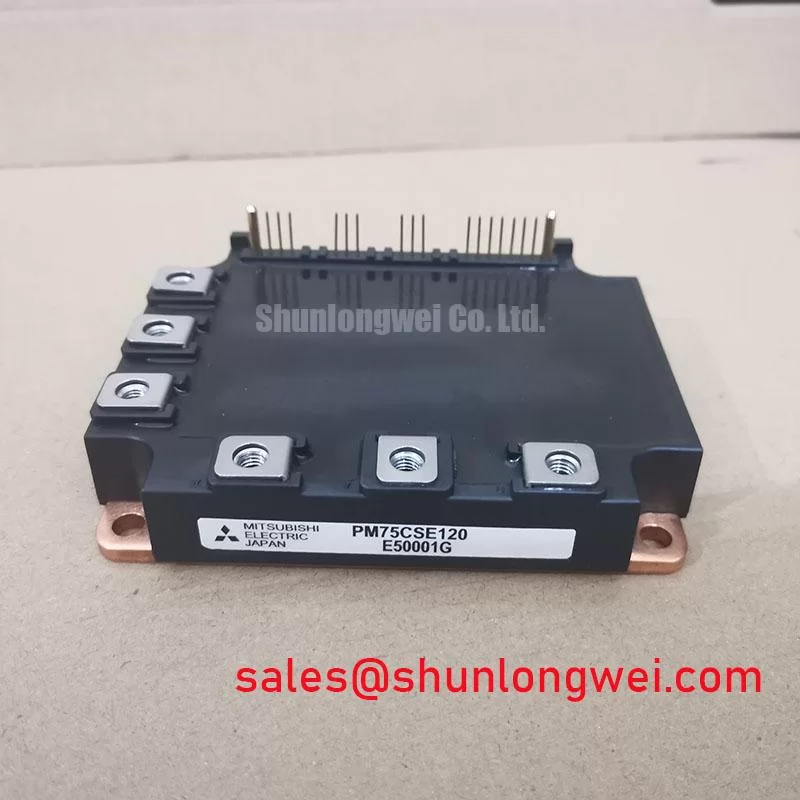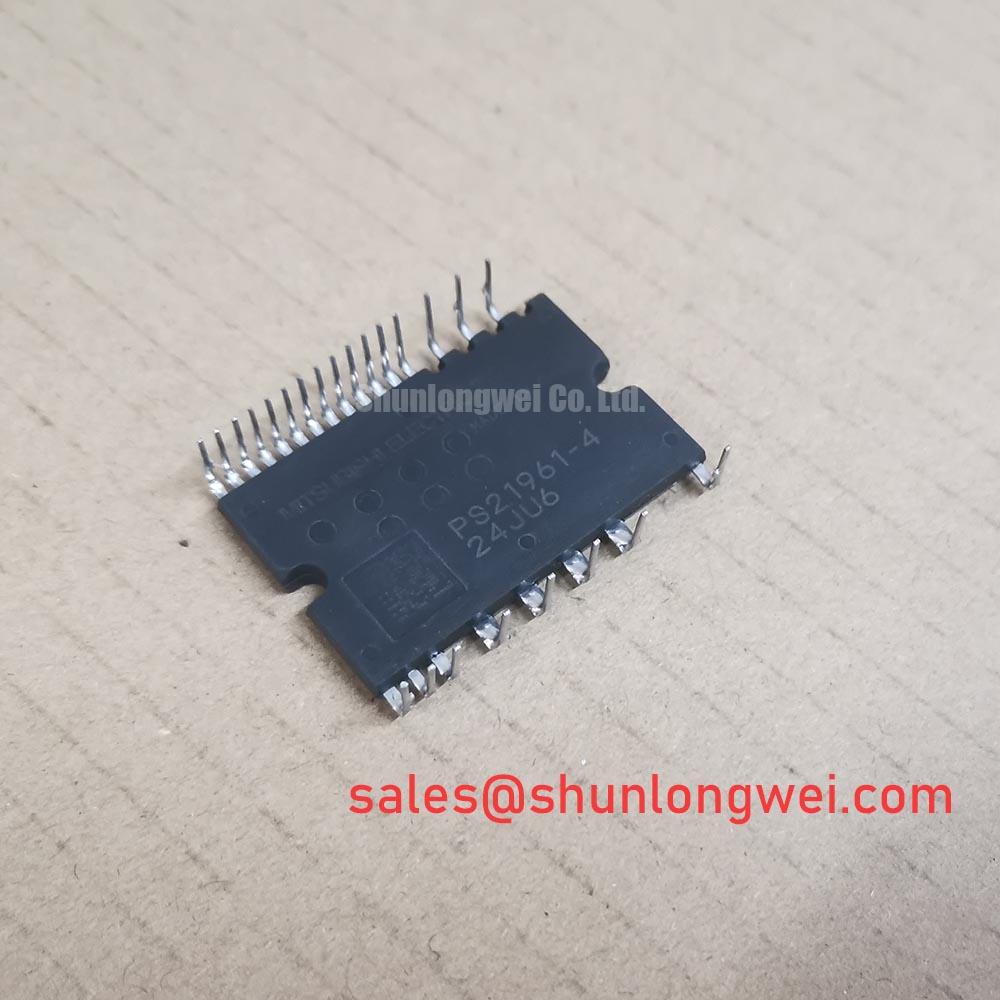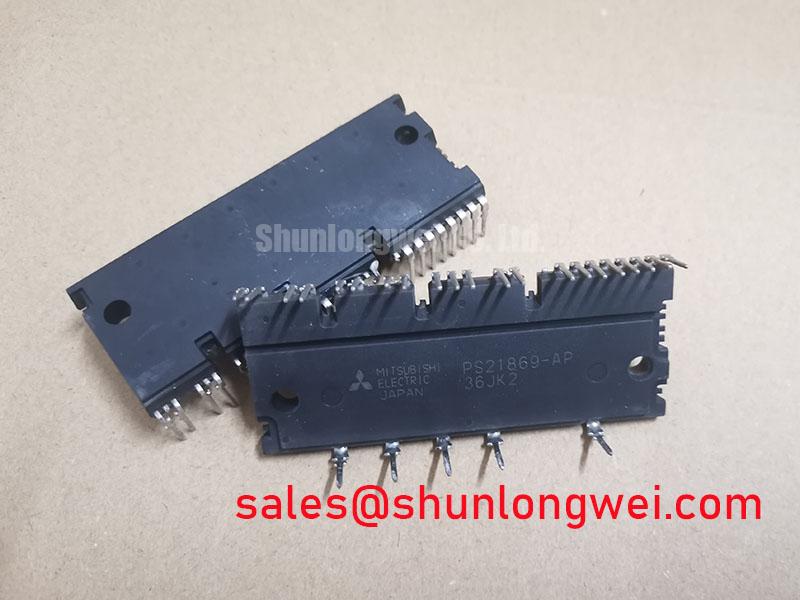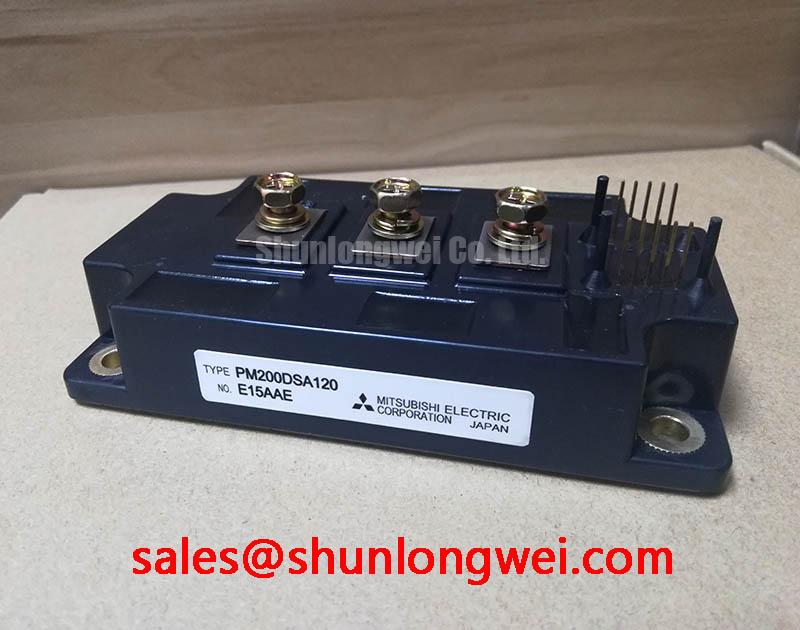Content last revised on November 16, 2025
CM150DY-24H | 1200V 150A IGBT for Low-Loss Inverters
Engineered to minimize total power dissipation in high-frequency applications, the Mitsubishi CM150DY-24H IGBT module leverages advanced chip technology to enhance system efficiency. This H-Series module provides a robust foundation for modern power converters by balancing conduction and switching performance. The module's low collector-emitter saturation voltage and specified switching energy values directly reduce thermal load, enabling more compact and reliable inverter designs.
Top Specs: 1200V | 150A | VCE(sat) 2.70V (max)
Key Benefits:
- Reduced overall power losses
- Improved thermal stability
Comparative Data for System-Level Optimization
In power system design, selecting the right module involves balancing current handling capability against thermal performance and efficiency. To support this evaluation, the following table provides a factual comparison based on official datasheets. This data is intended to empower engineers in their decision-making process by highlighting key parameter differences.
| Parameter | CM150DY-24H | CM200DY-24H | Engineering Implication |
|---|---|---|---|
| Collector Current (IC) | 150A | 200A | Defines the maximum continuous current handling capacity of the device. |
| Collector-Emitter Saturation Voltage (VCE(sat)) Max @ ICnom | 2.70V @ 150A | 2.70V @ 200A | A primary indicator of conduction losses. A lower value at the nominal operating current results in less heat generated. |
| Thermal Resistance (Rth(j-c)) IGBT | 0.16 °C/W | 0.11 °C/W | Indicates the efficiency of heat transfer from the semiconductor junction to the case. A lower value allows for better cooling. |
| Turn-Off Switching Energy (Eoff) Typ | 13.5 mJ/pulse | 19 mJ/pulse | Represents the energy lost during the turn-off transition. Critical for high-frequency applications where switching losses dominate. |
For systems that require higher current overhead, the related CM300DY-24H offers a 300A capability within the same voltage class.
Deployment in High-Frequency Power Conversion Systems
The performance characteristics of the Mitsubishi Electric CM150DY-24H are tuned for applications where energy efficiency and power density are primary design drivers. Its architecture is particularly effective in topologies that demand fast, clean switching to minimize energy waste.
- Variable Frequency Drives (VFDs): In motor control, the module's low VCE(sat) and fast switching reduce inverter losses, which contributes to higher overall drive efficiency and can lead to reduced heatsink size and cost.
- Uninterruptible Power Supplies (UPS): For online UPS systems, minimizing power dissipation is crucial for reducing operating costs and improving reliability. The CM150DY-24H helps achieve this by lowering both conduction and switching losses in the inverter stage.
- Solar Inverters: Maximizing the energy harvested from photovoltaic arrays requires highly efficient DC-AC conversion. This module's performance helps to increase the annual energy production by trimming critical power losses.
- Welding Power Supplies: The ability to switch efficiently at high frequencies allows for more compact and responsive welding equipment, where precise control over the power output is essential.
For AC drives operating above 10kHz, the CM150DY-24H's low Eoff of 13.5 mJ provides a distinct efficiency advantage over slower-switching alternatives.
Core Specifications for Efficiency Modeling
Accurate system simulation and thermal design depend on a clear understanding of key performance indicators. The following parameters are central to evaluating the CM150DY-24H for your application.
| Parameter | Value |
|---|---|
| Collector-Emitter Voltage (VCES) | 1200V |
| Collector Current (IC) | 150A |
| Collector-Emitter Saturation Voltage (VCE(sat)) (Tj=125°C, IC=150A) | 2.70V Max |
| Thermal Resistance, Junction to Case (Rth(j-c)) (IGBT) | 0.16 °C/W Max |
| Turn-On Switching Energy (Eon) (Typical) | 13 mJ/pulse |
| Turn-Off Switching Energy (Eoff) (Typical) | 13.5 mJ/pulse |
Technical Analysis of Loss-Reduction Characteristics
The Mitsubishi Electric CM150DY-24H integrates technologies aimed squarely at reducing the two primary sources of power loss in an IGBT Module: conduction and switching losses. Understanding these characteristics is essential for optimizing system design.
What defines the efficiency of the CM150DY-24H? Its low VCE(sat) of 2.70V minimizes static power losses during operation. This parameter, the Collector-Emitter Saturation Voltage, is analogous to friction in a mechanical system; it represents the inherent voltage drop and resulting power loss (P = V * I) whenever the IGBT is in its 'on' state. The use of advanced CSTBT™ (Carrier Stored Trench-Gate Bipolar Transistor) chip technology helps keep this value low even at high current loads, directly translating to less wasted heat.
The other side of the efficiency equation is Switching Loss, which is quantified by the Eon and Eoff values. These figures represent the energy consumed each time the device transitions between on and off states. The CM150DY-24H is designed for rapid transitions to minimize the duration of this high-dissipation period, making it well-suited for applications operating at higher switching frequencies where these losses can become the dominant factor. For a comprehensive guide on interpreting these values, see our article on decoding IGBT datasheets.
Enabling Next-Generation Efficient Power Topologies
The push for greater energy efficiency and higher power density is a defining trend across the industrial, renewable, and power management sectors. Power components are at the forefront of this evolution, where incremental improvements in loss reduction at the device level can have a significant impact on overall system size, cost, and long-term operational expenditure. The CM150DY-24H IGBT module embodies this progress by providing designers with a tool to build more efficient power conversion stages.
By delivering a balanced profile of low conduction and switching losses, this module enables engineers to push operating frequencies higher, which in turn allows for the use of smaller and lighter magnetic components. This virtuous cycle supports the development of more compact and power-dense systems, a key strategic advantage in a competitive market. As energy efficiency regulations become more stringent, leveraging advanced semiconductor technology like that found in the H-Series is not just a performance choice, but a strategic imperative for future-proofing designs.

